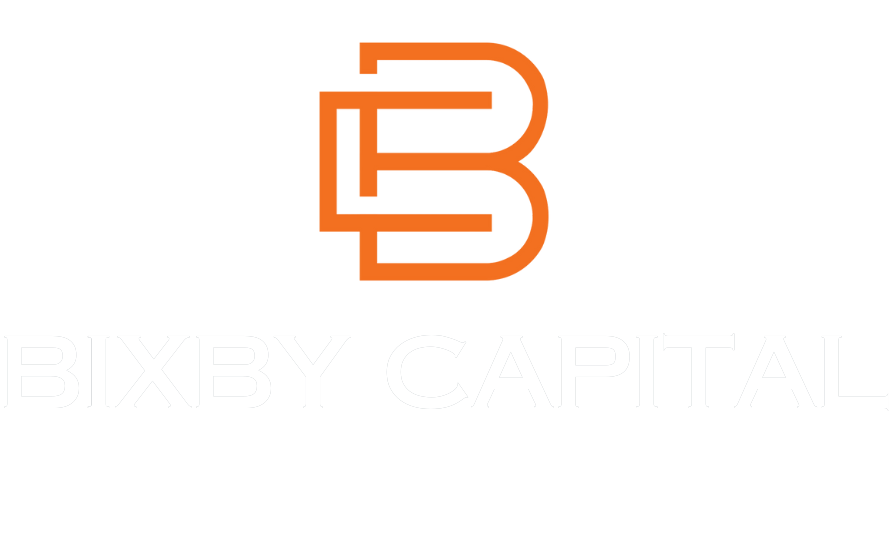By Carrie Rossenfeld
IRVINE, CA—The new amenities currently coming out of the office sector are curiously similar to those in the apartment sector. With three office projects currently in the development pipeline, including the 405,000-square-foot Lake Park project in Santa Clara and two buildings in Orange County, and the recent $52.1 million sale of recently repositioned office complex in San Jose, Bixby Land Co.’s president and CEO Bill Halford tells GlobeSt.com his firm is “actively seeking new opportunities to create innovative workplaces for the widening market of tenants that demand more from their office space.” We spoke more in depth with Halford exclusively about these potential investments, what office and apartment amenities seem to have in common and why. Also, come hear Halford speak on the Local Leaders Power Panel at RealShare Orange County on August 21.
GlobeSt.com: What additional investments is your firm eyeing in Orange County, and what do they have in common?
Halford: We continue to look for properties in Southern California, although we have been a bit more active in Northern California because the economy has been a little more robust there. But, we purchased two deals in Orange County and a third under contract in San Diego, so we do continue to actively pursue new investments. Generally, the thing they have most in common is they all tend to be candidates for significant reposition and/or ground-up development of creative office.
GlobeSt.com: What new features are you looking to include in future innovative workspaces?
Halford: While they’re not really new to us since we have been doing them for some time, what’s relatively new to the office business is an increasing focus on well-developed and interesting outdoor space that’s very usable—not a slab of concrete with a picnic table on it, which tends to be the developer’s view of an amenity. Essentially, what I’m talking about is like an outdoor living room where we make the environment inviting, furnish it and typically connect it in an indoor/outdoor fashion with the building.
We’re increasingly finding that the buildings feel more like your home than an office building, or more like a hotel than an office building. They have a much more comfortable, relaxed feel. They tend to have surface parking—not structured parking—and they often have locker rooms, workout facilities and places to store bicycles. They’re always dog friendly, too—not only can you bring a dog to the office, but we encourage it by providing various facilities to accommodate dogs.
Lastly, and most importantly, the spaces are highly design oriented and much more interesting than a typical office building. We use mid-century architecture as the inspiration, and lime green is out: anyone who has our industry’s core interpretation of creative space as something painted lime green is wrong; it’s uncool.
GlobeSt.com: What you’re describing sounds a lot like what we’re seeing in the apartment design sector, particularly the indoor/outdoor space and dog-friendly policies. Why the similarities?
Halford: The companies that are growing today are companies that value their employees because whatever they’re doing is not a commodity. It’s unlike how office space was consumed in the past, with a bunch of people not focused on their environment. Companies are competing for the best employees, and one of the tools they use is an interesting work environment. It’s no different than apartment developers. These tenants tend to have more disposable income and don’t treat space as a commodity, and that’s driving innovation in the office space as well.
GlobeSt.com: What are tenants now demanding from their office space that they weren’t demanding in the past?
Halford: It’s a place you want to spend time, not a place you want to get away from. These companies oftentimes have employees working longer hours, and the workplace is more a part of their social life. This has already occurred in the hotel space, so I think people years ago realized that if they had a choice, they’d rather not stay in a Marriott, but in something more interesting, and that’s how brands like the W evolved. It’s the same phenomenon in another product type.
GlobeSt.com: Any other new development trends you’re noticing?
Halford: As we move into the development phase of the cycle, you’re going to see that the ground-up development begins to take a very different shape than it has historically. People will create new product that’s more like what I just described rather than building the same product they’ve been building for the last 30 years.



